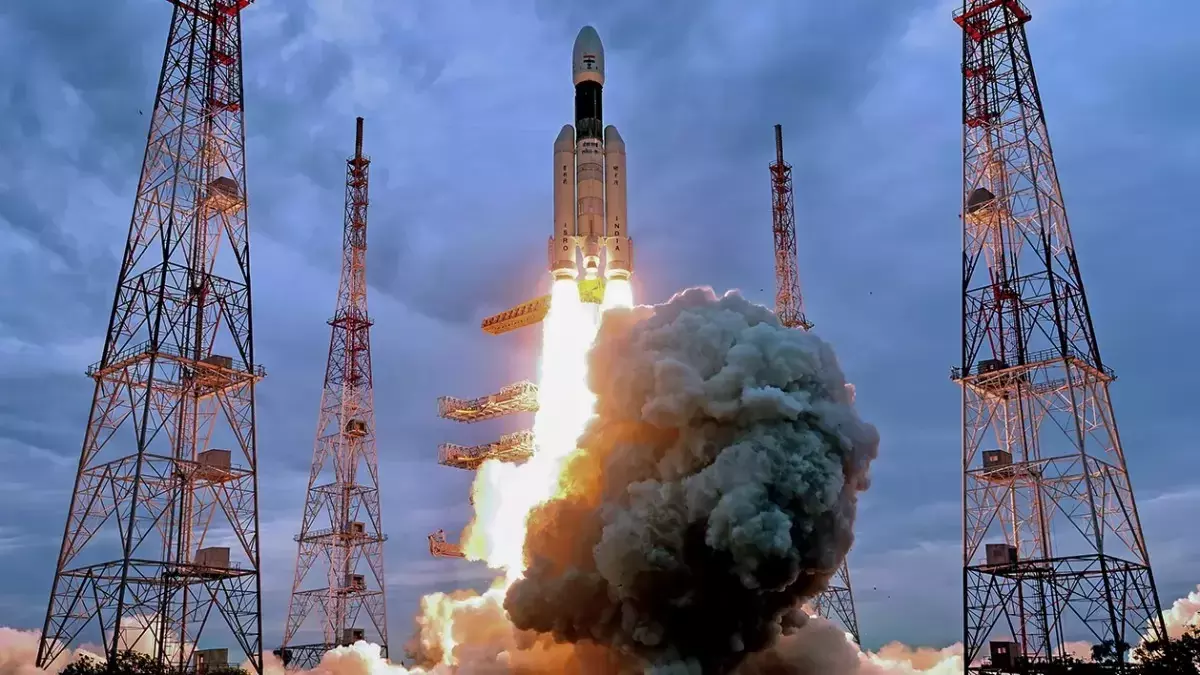Beyond ‘race’

India’s Chandrayaan-3 mission, launched on July 14, and Russia’s Luna-25 mission, launched on August 10, are expected to land on the Moon’s surface on August 23. It might be tempting to project the existence of a race between the two parallel missions, but essentially, there is none. Indeed, the two missions aim to make the first ever landing at the south pole of the natural satellite in a bid to explore the unexplored ‘dark side of the moon’. But the realm of lunar exploration has transcended the limitations of crude prestige, entering into an era where considerations of practical benefits rule the roost. The question of who reaches first has become by and large immaterial. The Indian lunar mission — Chandrayan-3 — is learnt to have taken a longer route to optimise the gravity of the Earth and the Moon in a manner that minimises risks and saves energy and fuel. Russian authorities, on the other hand, have cautioned that there is “one in a million chance” of one of the rocket stages to fall to the Earth near the launch site of Luna-25. The space and lunar exploration domain has undergone paramount transformation since the great “Space Race” between the United States and the USSR unfolded in the 1960s and became mild by the mid-1970s. It was more than five decades ago that Neil Armstrong, riding on the success of the Apollo 11 mission, took that “one small step for a man, one giant leap for mankind." But frankly, humans had little idea of how to navigate after that first step — except to study the soil and rocks of the Moon. It is, thus, not at all surprising that after the profound competition-driven space technology leaps, the race subsided after the Soviet Union weakened. In contrast, amid new technological advancements, countries now have found ways to use the Moon’s surface for multiple practical benefits — triggering the revival of intense lunar exploration. The most prominent benefit can come in the form of a leverage to pursue deep space exploration. Deep space exploration refers to the scientific and technological efforts to explore and study regions of space that are beyond the immediate vicinity of Earth. Deep space exploration poses significant challenges due to vast distances, communication delays, radiation exposure, and the need for advanced propulsion systems. Installations at the Moon’s surface can help transcend some of these challenges — such as distance and the need for super advanced propulsion requirements — by serving as a launch pad. Scientists are also hopeful about the existence of potential fuel on the surface of the Moon, which could minimise the cost burden. This is exactly what Russia’s Luna-25 mission might be eying at, as it aims to find significant quantities of ice that could be used to extract oxygen and fuel in the future. Similarly, the Indo-Japanese LUPEX (Lunar Polar Exploration) mission, which is expected to be launched in the upcoming years, aims to confirm the presence of water in the polar regions of the moon. The chairman of ISRO and the head of Japan’s National Astronomical Observatory are learnt to have discussed the mission as late as August 8. In addition, India is also expected to launch its first space mission to observe the Sun and the solar corona, Aditya-L1, in August-September period. The information collected under these back-to-back missions will most likely place India in an advantageous position in the realm of space exploration — irrespective of whether Chandrayan-3 mission lands on the Moon’s surface before or after Luna-25. The Outer Space Treaty, which promotes the responsible and peaceful use of outer space, clearly states that Moon and other celestial bodies are not subject to national appropriation by any means; they are to be used for the benefit of all countries and humanity as a whole. On similar lines, the Moon Treaty was adopted by the UN in 1979 — though its acceptance remains limited vis-à-vis the Outer Space Treaty. The point to be made here is that the space is governed under comprehensive international laws and conventions — throwing the idea of ‘race’ off the track. As India advances in the realm of space exploration, efficiency and safety should be the most important yardsticks. The idea of collaboration should prevail over the idea of competition.



